Sofa cushions
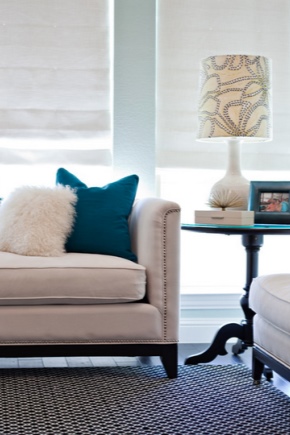
In an effort to create coziness in the house, sometimes you want to change the decor and add fresh colors to the boring interior of the living room. Or, having made repairs, it seems that important details are missing. Sometimes, when there is no way to resort to drastic measures to solve the problem of interior renovation, it is enough to pay attention to seemingly insignificant, but in fact important little things, for example, on sofa cushions.
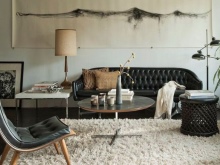
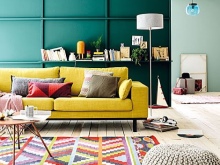
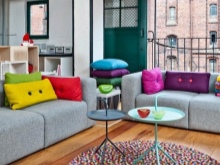
Functions
Traditionally, it is believed that pillows provide, first of all, comfort and coziness. Indeed, they not only look organic on pieces of furniture, but also contribute to their ease of use. For example, they can be placed under your head, leaning against them, or even under your feet. Sometimes they are used as a back and armrest for some models of sofas, and large pieces can serve as a pouf.
However, in addition to practical functions, sofa cushions can also carry decorative ones. With the help of well-chosen options, you can place color accents in the interior, thereby giving the room a unique style. Decorative pillows will help set off other decorative elements, for example, bright curtains, paintings or panels.


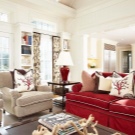
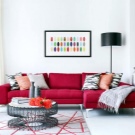
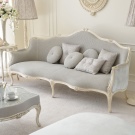

Also, such accessories will be a good addition to the bedroom, performing, at the same time, both practical and decorative functions. A bed decorated with many of these elements always looks cozy and aesthetically pleasing.
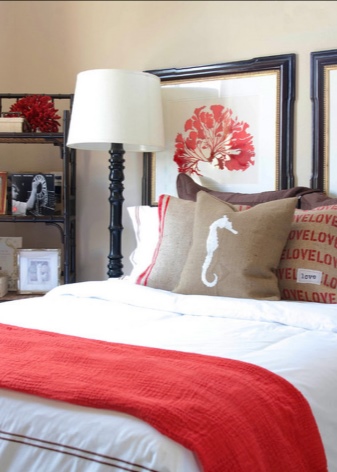
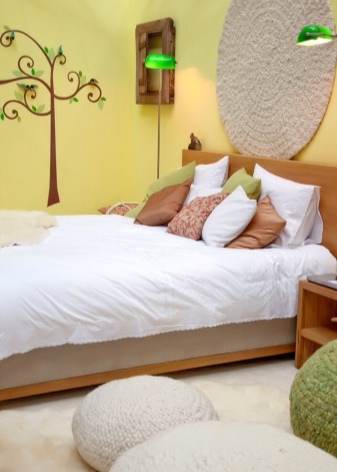
Pillows are also irreplaceable in the children's room. They can serve not only as an excellent decor in the bedroom, but also easily become part of the gameplay.
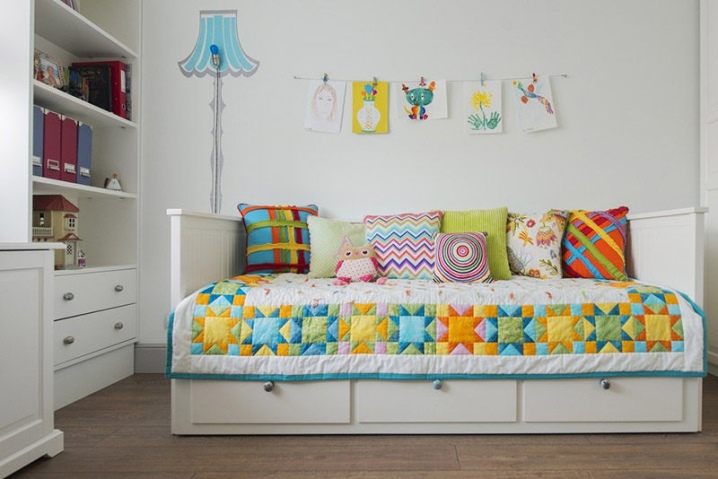
Views
Square and oval, flat and voluminous - sofa cushions come in different shapes and sizes to suit every taste. Among the most common types are the following.
- Dumki. Despite the unusual name, this type of decorative pillow is classic. They are square in shape and are considered versatile for any type of furniture.
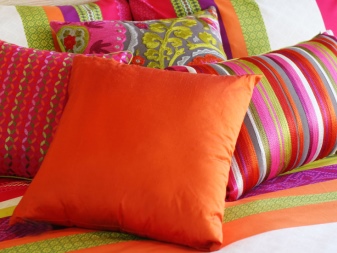
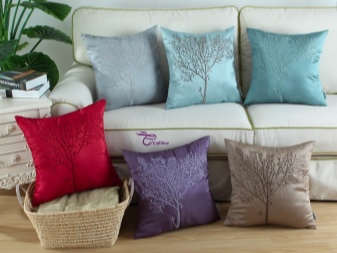
- Quilted. They are often found in decor, have expressive seams and look good in combination with doormats.
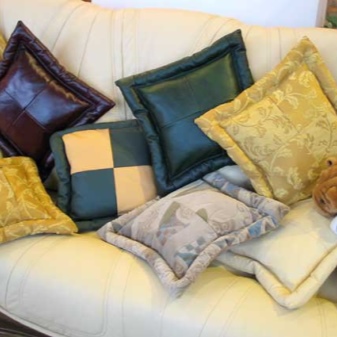
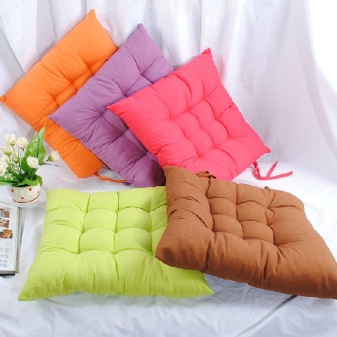
- Turkish. Distinctive features of the samples of the Turkish style are laid counter folds, fringes and various patterns.
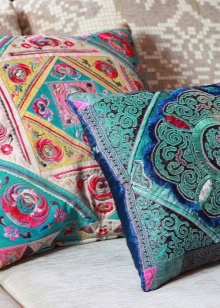


- Sectional. Such pillows look three-dimensional due to the special design: the top and bottom sides are not sewn together, but are connected by a side insert.
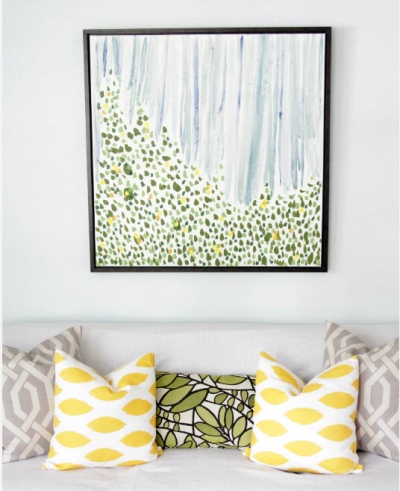
- Roller. One of the most functional - cushions-rollers, can serve not only as a decorative, but also a functional element of furniture - armrests.
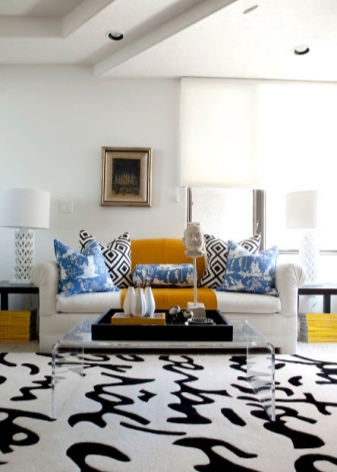
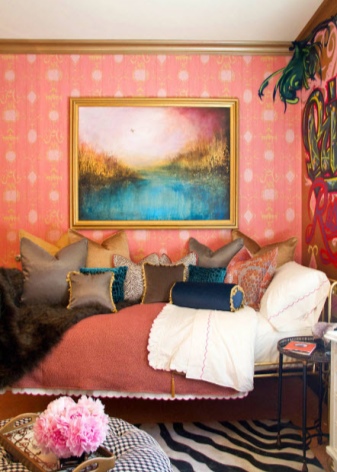
Material and filling
There are a great variety of materials for making pillows, ranging from tapestry, velvet and velor, and ending with genuine leather. When choosing a material, one should proceed not only from the combination of colors and textures of the interior, but also take into account such a factor as durability and wear resistance. It will be better if the fabric from which the cover is made is non-marking and can be easily washed, especially if there are children or animals in the house.
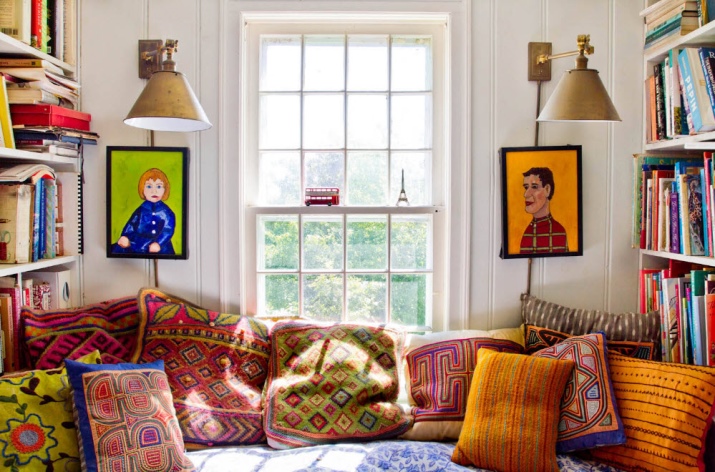
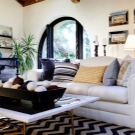
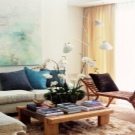
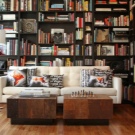
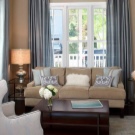
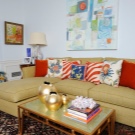
An important factor when choosing is the "filling" of the pillow. Not only comfort, but also the durability of the product will depend on the filler. There are 2 types of filler - natural and synthetic.
Natural fillers include down and feathers, horse hair, sheep and camel wool, and buckwheat husks. Such options are quite environmentally friendly, but they are difficult to care for, they are less durable and are not cheap.

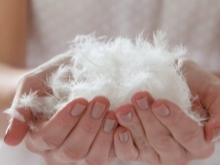
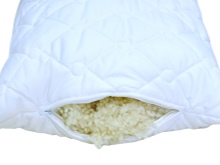
Today, more and more people are choosing synthetic fillers that are durable and significantly exceed natural ones in price and practicality. The most popular synthetic fillers include:
- synthetic winterizer is one of the most common fillers. It is lightweight, durable, easy to clean and recommended as an excellent substitute for natural fillers for people prone to allergies;
- holofiber perfectly replaces feathers and down. Lightweight and safe, it does not absorb odors and does not retain moisture;
- Comfortel is synthetic balls that are lightweight and quickly regain their shape after washing.
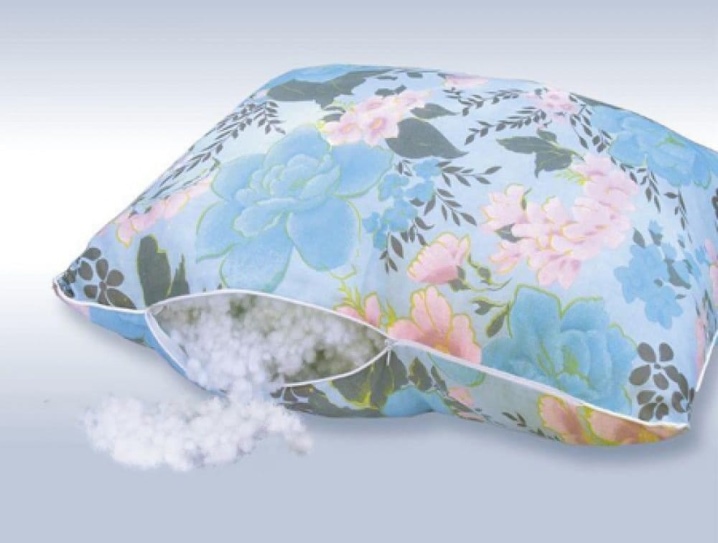
Separately, it is worth mentioning the latex filler, which is made from foamed rubber. Such material is durable and strong, but is rarely used for filling decorative pillows. As a rule, orthopedic products are made from it.
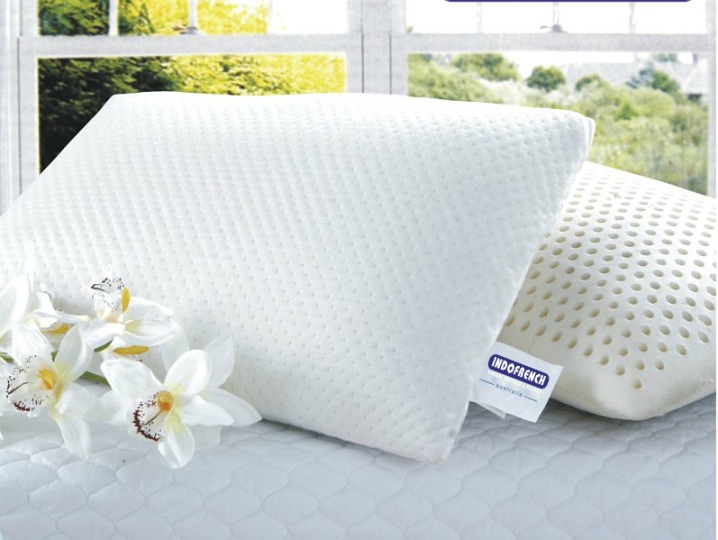
Color and print, decor options
When choosing a color scheme, it is necessary to take into account how the pillow is combined with the sofa, with its “neighbors” (if accessories of different colors are used) and, perhaps most importantly, with the surrounding interior. For example, you can buy covers to match the color of curtains or wallpaper, or, on the contrary, play on contrast and choose a shade that will become the central accent color throughout the room.
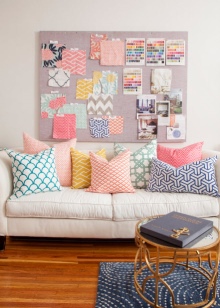


When choosing prints, you should take into account the colors of the furniture - colorful options look better on a plain sofa, and covers with patterns will go well with similar, but larger sizes.
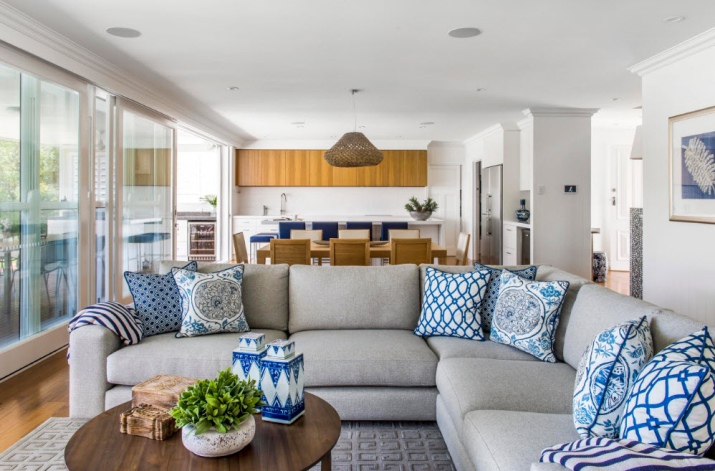
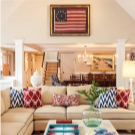
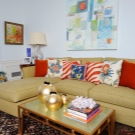
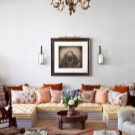
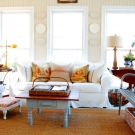
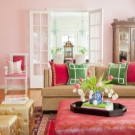
In addition to traditional prints, pillows in the shape of hearts, animals or emoji, as well as covers made from pompons, have become increasingly popular lately. Such decorative elements will decorate any children's room, as well as add enthusiasm to the living room.
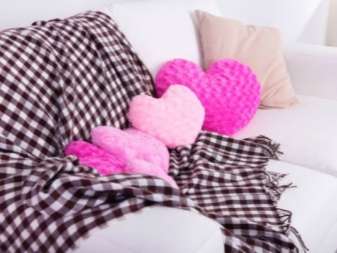


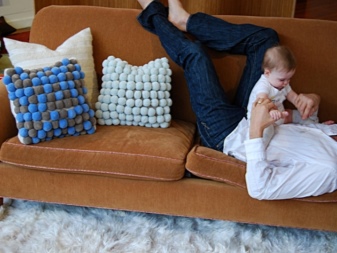
The decor also uses a variety of elements. Depending on the fabric chosen, you can use ruffles, braids, cords, tassels or fringes. Fasteners are also used as decoration - decorative zippers, lacing, buttons. Small elements, for example buttons, bows, appliqués, knitted decor, are usually sewn on one side of the pillow, so that the product is not only beautiful, but also comfortable to use.
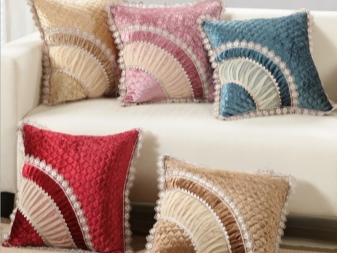

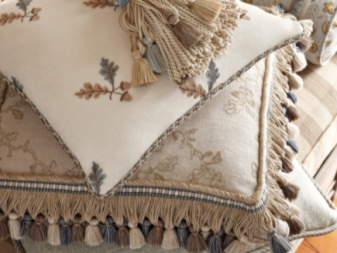
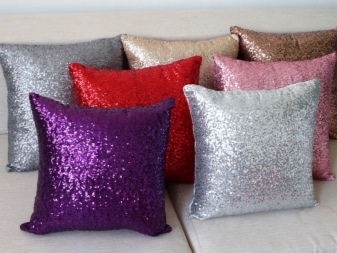
It is important not to overdo it with decoration and determine what to bet on: decorative elements or the fabric itself.
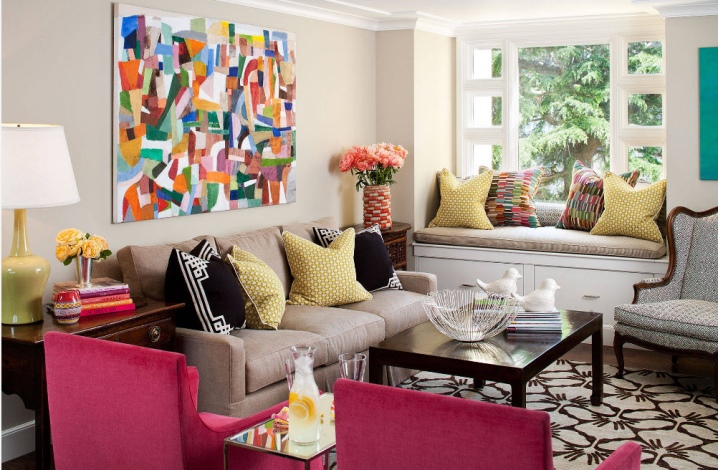
How to choose?
The choice of pillows for the sofa should be based, first of all, on the size of the upholstered furniture on which they will be located. The larger the chair or sofa, the larger the pillows should be, and vice versa, a small sofa can be decorated with a neat roller.


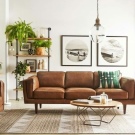

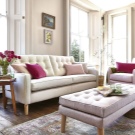
Often, accessories are included with the sofa, but it is quite appropriate to add a few additional accents so that the furniture echoes the design of the rest of the interior.
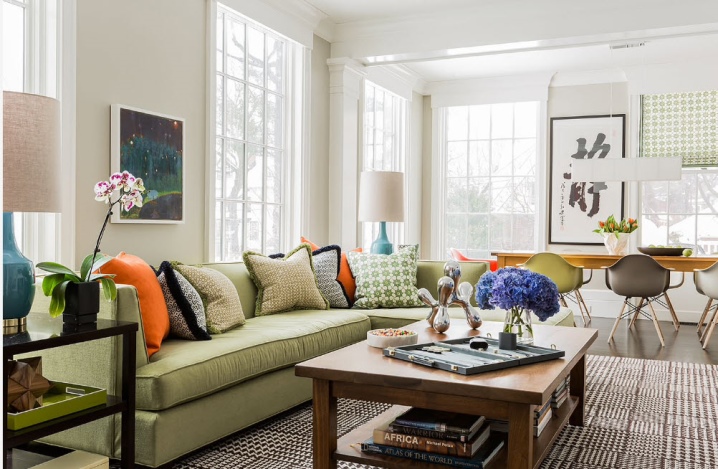
When choosing a color and texture, you can adhere to the principle of a single color scheme of the room, where the colors of the walls, ceiling, curtains are the same, or you can choose one of the accent colors that will overlap with the others.

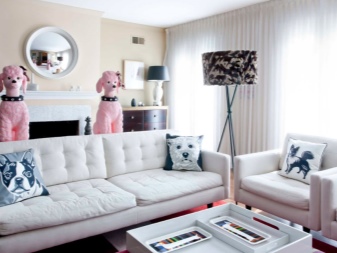
It is customary to choose the shape in accordance with the shape and size of the furniture. Graceful throws are well suited to classic style pieces, while round and Turkish ones will look better on small sofas in oriental style.

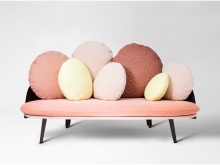
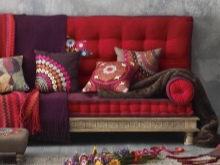
How to arrange on the sofa?
It is recommended to have from two to ten decorative elements on the sofa. The smaller the piece of furniture, the correspondingly less decor needs to be used.
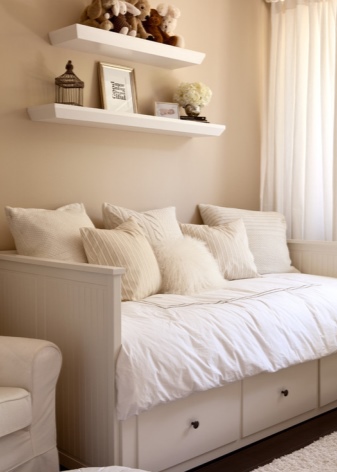
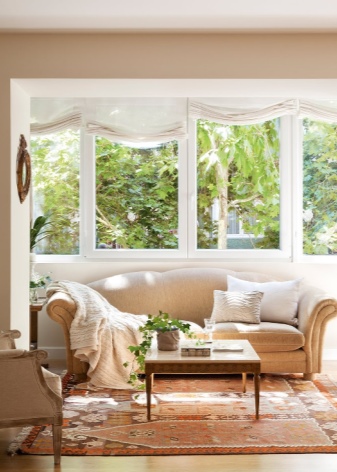
The number of accessories must be odd. For example, on a plain sofa, you can place an even number of pillows of similar style on the sides, and place a contrasting, unusual texture, size or contrasting color in the center.
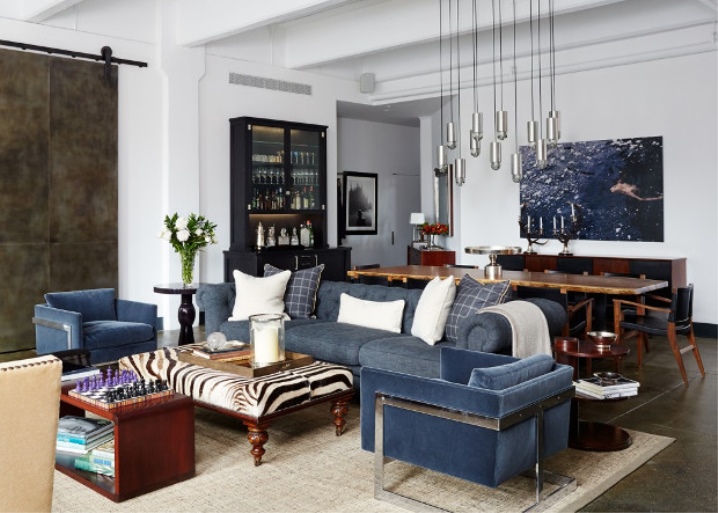
Do not overuse the amount of decor: a pair of properly selected accessories will look better than a bunch of pillows that do not match with each other and distract attention from the rest of the interior.
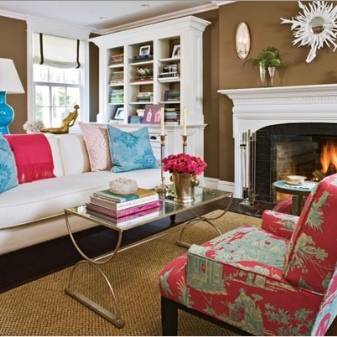
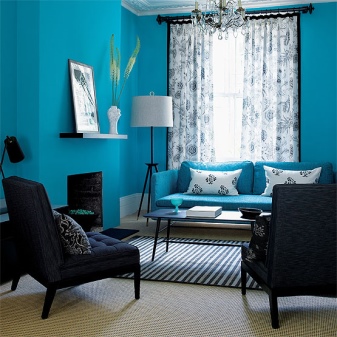
How to combine?
The human brain is designed so that the gaze, first of all, clings to the brightest and most saturated spot that it sees in front of it. It is possible and necessary to rely on this when decorating the interior with decorative pillows. By adding covers in contrasting shades, you can visually shift the accents in the room.
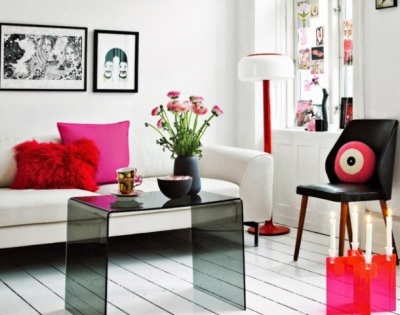
The simplest solution to the issue of combining decorative pillows with the interior will be the selection of covers to match the curtains. To slightly diversify the color scheme, you can use different shades of the same color, for example, pillows of cream, white and light brown shades are well suited for beige curtains.
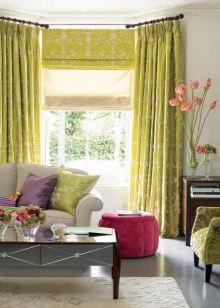
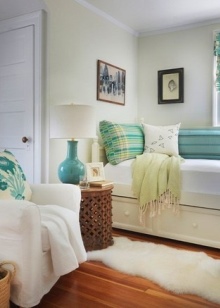
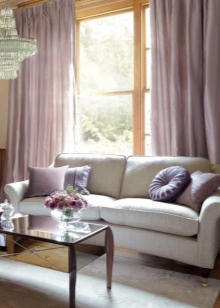
To dilute the interior in monochrome shades, you can combine bright colors with other accent decorative elements - flower pots, paintings, vases. Pillows with covers made of upholstery fabric should be avoided. They will simply get lost against the backdrop of furniture. It is better to choose accessories that are darker or lighter in tone to the upholstery fabric.
Motley and monochromatic pillows, combinations of contrasting colors, for example, black, gray and white on a bright sofa, covers of red and burgundy shades on blue, look good together.
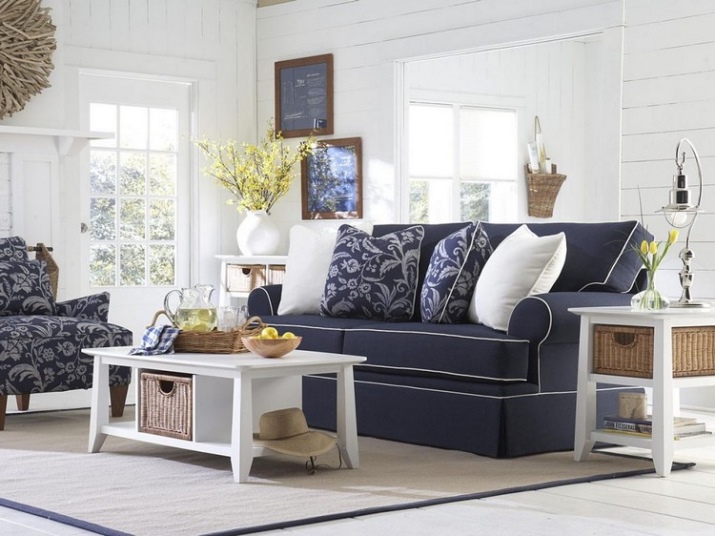
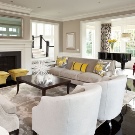
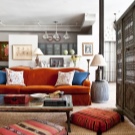
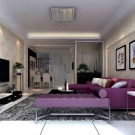
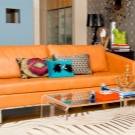

When combining pillows with other elements of the interior, you need to remember that it is not necessary to select a color scheme that is identical to the color, for example, of wallpaper. The main task is to find the color balance and choose the right companion colors.
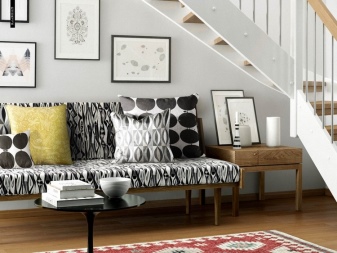

Interior ideas
Correctly selected decor details can become a hallmark of the interior. There are no clearly established rules for choosing pillows, however, it is better if the interior design and accessories are harmoniously combined.
For example, for restrained classic interiors and interiors in the Empire style, dooms and rollers with tapestry covers decorated with tassels and fringes are appropriate. Oriental styles, characterized by rich decoration and rich colors, are suitable for bright pillows of various sizes with embroidery and other complex decor.


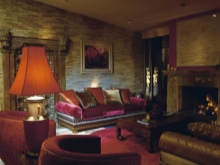
Minimalistic interior designs will complement laconic thoughts in a wide variety of colors.
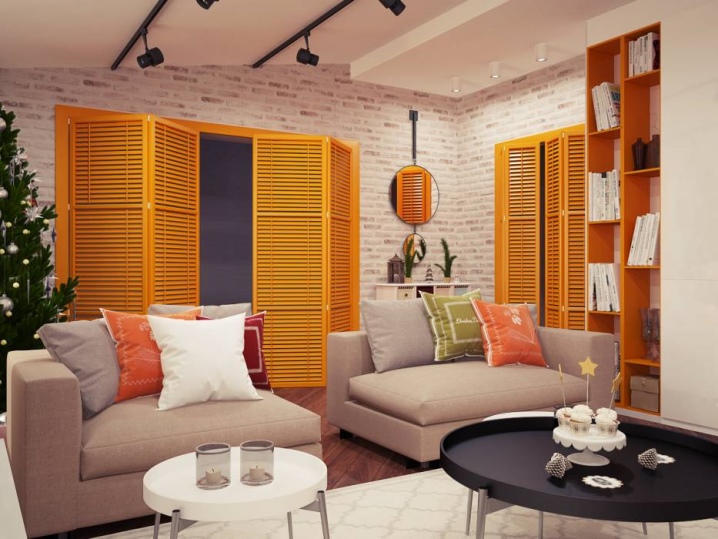
For safari-style spaces, you can choose covers with wild animal prints, fur upholstery or leather.
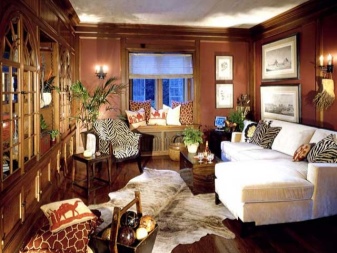
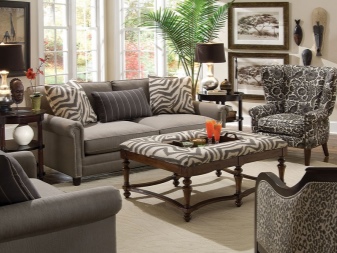
Country style is emphasized by pillows with knitted covers, as well as covers made in patchwork style.
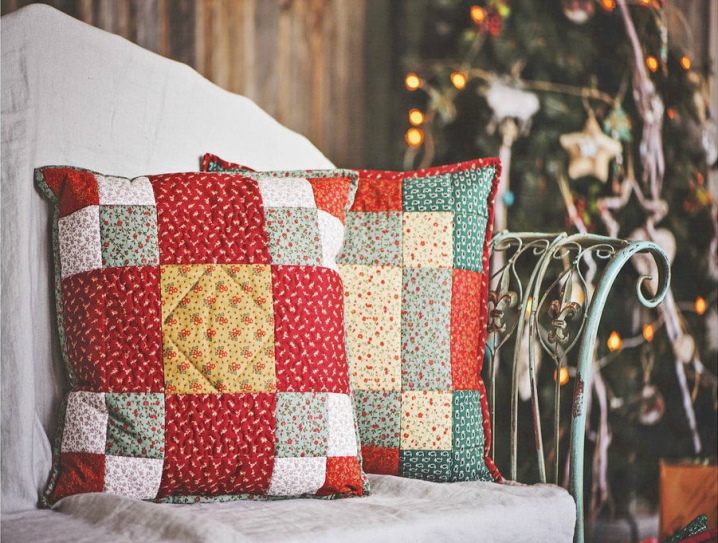
By playing with color, you can create the visual effect of warmth or coolness in the room. In order to add coziness to the room in winter, it is absolutely not necessary to repaint the walls in warm colors. It is enough to add a few decorative pillows in yellow or orange colors, and you can also use fabrics suitable for the winter season, such as wool or plush.
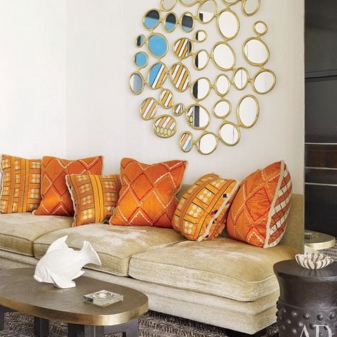

Decorative pillows can also be used to adjust the shades of furniture. For example, if the interior is dominated by warm colors, including furniture, you can dilute this color scheme by adding a couple of accessories with covers of cold colors - they will add freshness to the room.
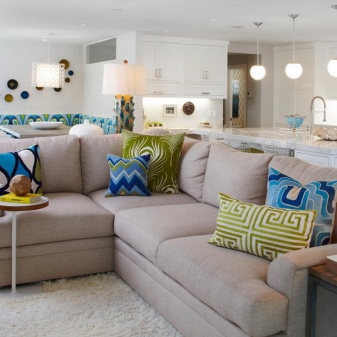
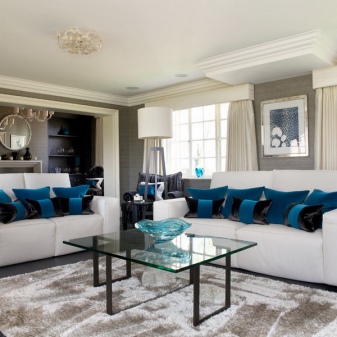













The comment was sent successfully.